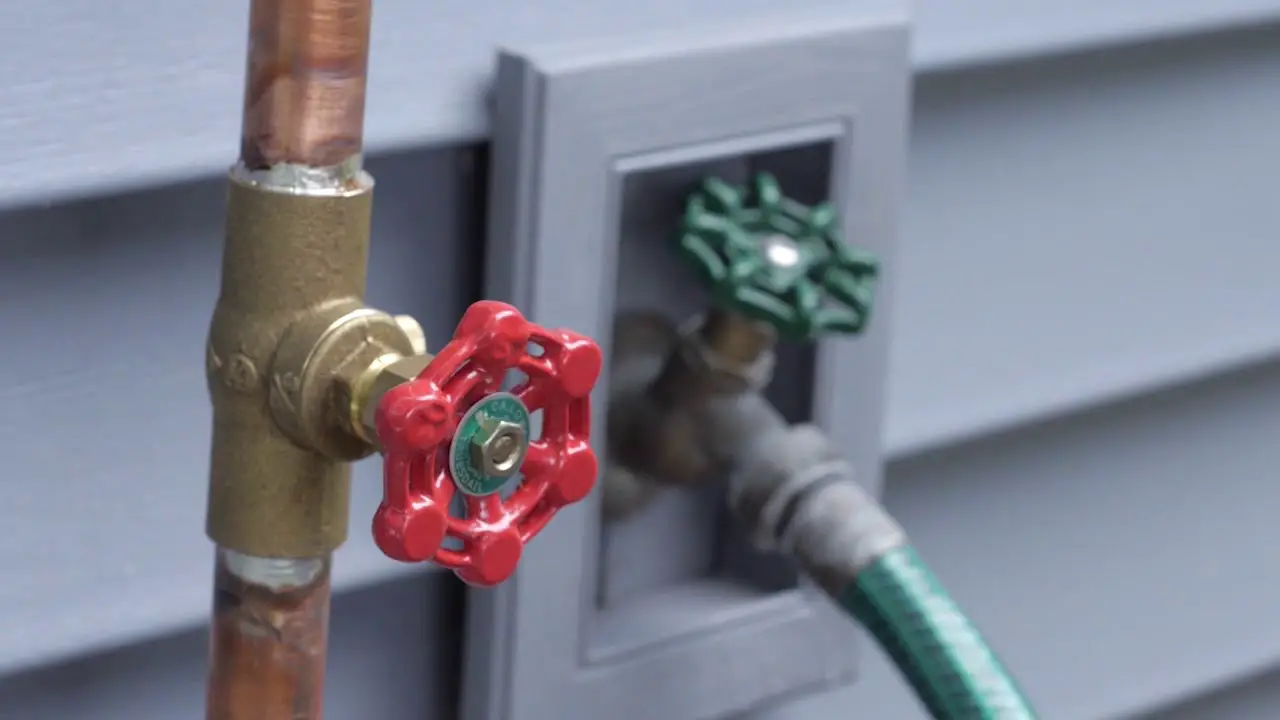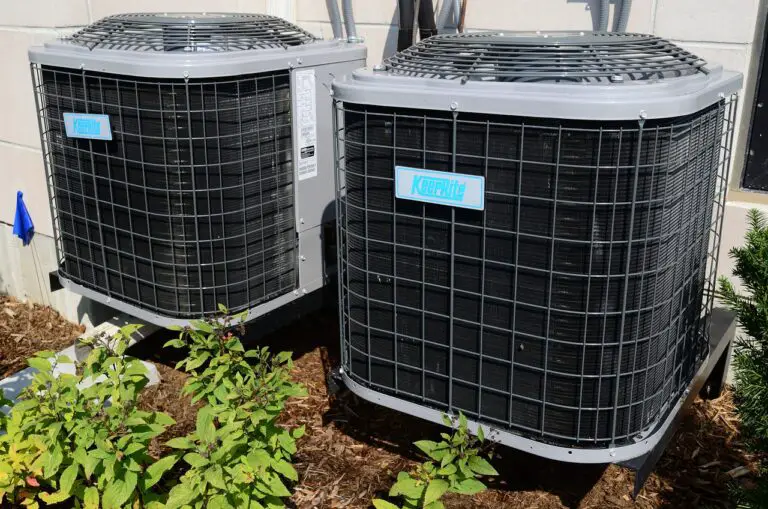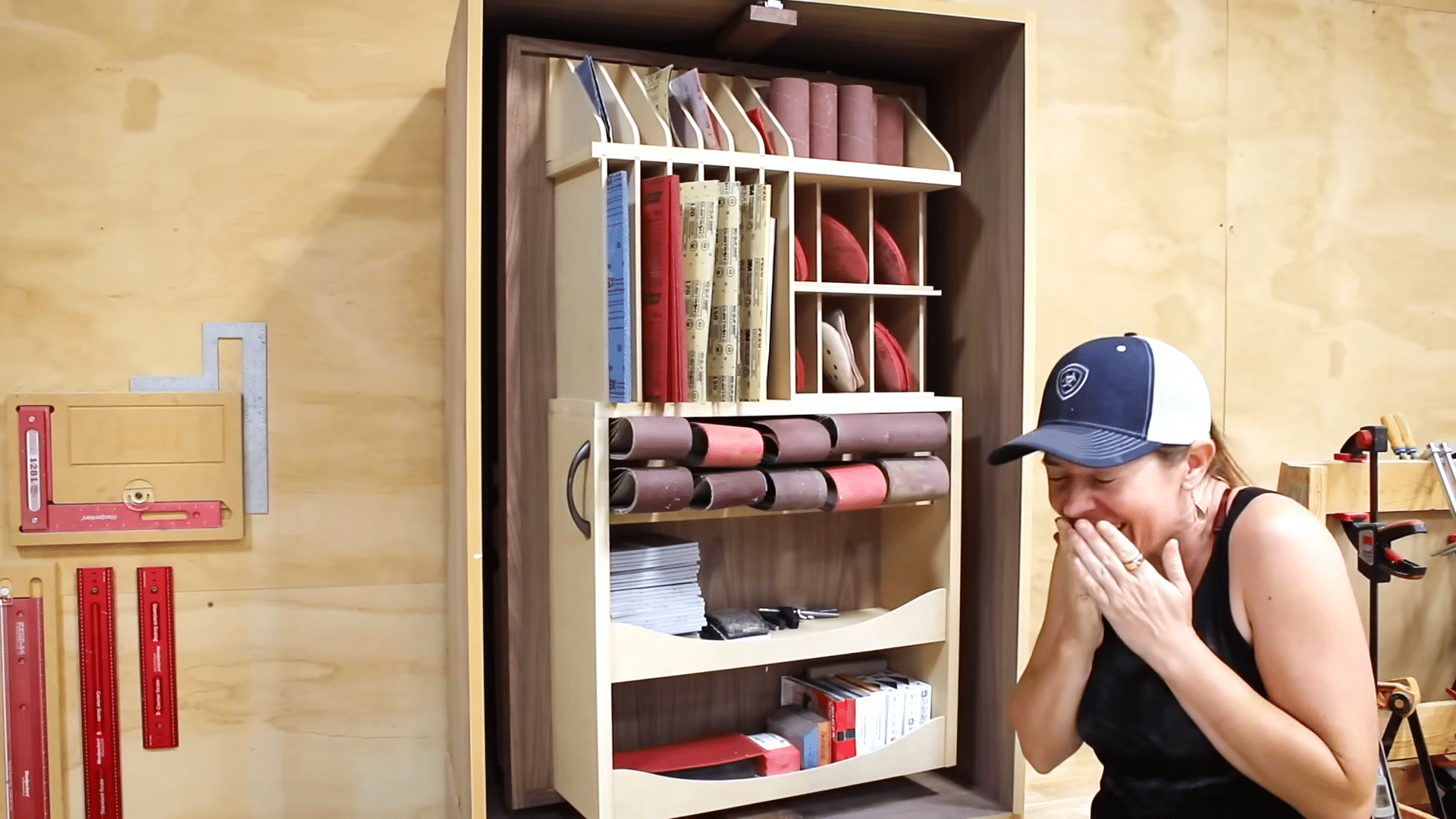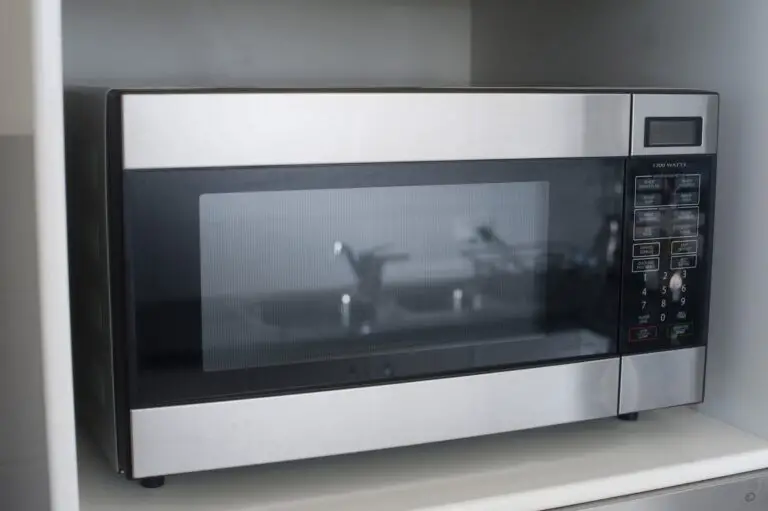The Risks and Remedies of No Shut-Off Valve for Outside Faucet
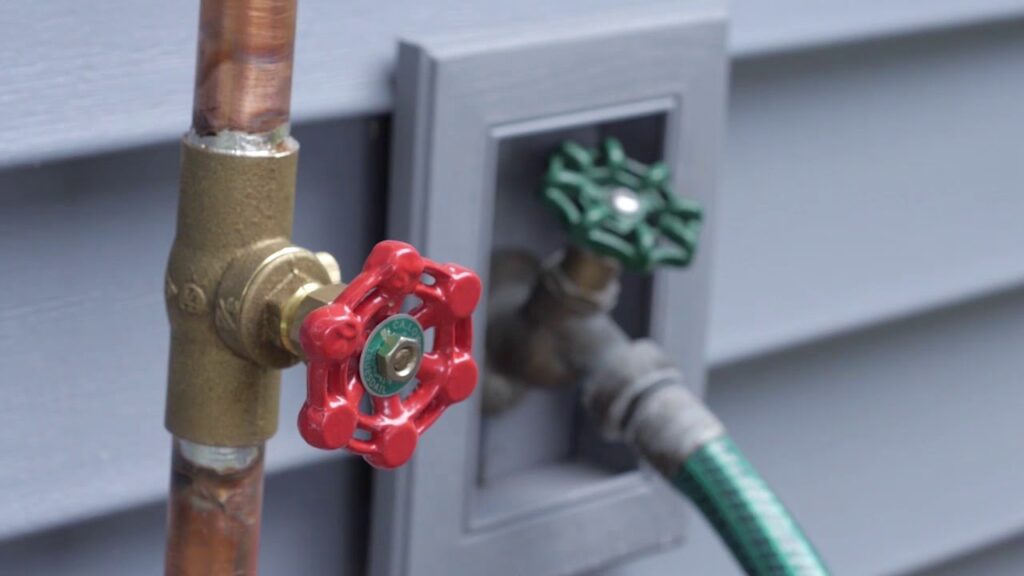
With a myriad of decisions to make and tasks to manage when it comes to home maintenance, it’s easy to overlook what might seem like minor details. However, sometimes, these ostensibly small components can have substantial consequences. A prime example of this is the lack of a shut-off valve for an outside faucet. Here, we dive into why this absence can be problematic and how homeowners can navigate this situation.
Why is a Shut-Off Valve Important?
Safety First
Water, when left uncontrolled, can lead to numerous problems. A shut-off valve acts as a safety mechanism, ensuring that in the case of a leak or repair requirement, water supply to a specific faucet or section of the home can be immediately halted. Without this valve, controlling water flow becomes a Herculean task, possibly leading to flooding and subsequent property damage.
Ease of Maintenance
Outside faucets are exposed to external elements, making them prone to wear and tear. With a dedicated shut-off valve, maintenance becomes hassle-free. Whether you’re replacing the faucet, fixing a leak, or winterizing your pipes, the shut-off valve simplifies the process by isolating the water flow.
Control Over Water Consumption
In areas with water restrictions or for those aiming to conserve water, shut-off valves can be beneficial. They allow homeowners to control water flow effectively, leading to better water management and potentially lower utility bills.
Potential Problems of Not Having a Shut-Off Valve
Higher Risk of Water Damage
As mentioned earlier, in the absence of a shut-off valve, addressing leaks promptly becomes a challenge. A minor leakage can escalate, leading to significant water damage, especially if the homeowner isn’t immediately aware of the issue.
Increased Repair Time
With no way to stop the water flow, plumbers might need to shut off the main water supply to address issues with the outside faucet. This process can inconvenience the residents and potentially increase the time and cost of repairs.
Winter Woes
In colder regions, winterizing outside faucets is a common practice to prevent freezing and bursting of pipes. Without a shut-off valve, this process becomes complicated, increasing the risk of winter-related water damage.
Steps to Address the Absence of a Shut-Off Valve
1. Installation
If you find that your outside faucet lacks a shut-off valve, consider installing one. It’s a relatively straightforward process for professionals, and the long-term benefits outweigh the initial costs. Consult a local plumber or home improvement expert to assess the best location and type of valve for your needs.
2. Regular Inspections
In the interim, until you get a valve installed, make it a point to inspect your outside faucets regularly for signs of wear, tear, or leakage. Early detection can mitigate potential damage.
3. Seek Expert Advice
If you’re unsure about the plumbing intricacies of your home, it’s always advisable to seek guidance from a professional. They can provide insights into your home’s water system and recommend appropriate solutions.
The Evolving Landscape of Home Maintenance
The world of home maintenance is constantly evolving, driven by technological advancements, environmental concerns, and the innate human desire for convenience. The consideration of shut-off valves for outside faucets fits perfectly within this narrative.
Why Modern Homes Shouldn’t Overlook This Feature
Eco-Conscious Choices
As society becomes increasingly aware of environmental issues, including water conservation, having mechanisms to control water usage effectively is paramount. A shut-off valve not only addresses immediate concerns like leaks but also allows homeowners to regulate water consumption, making it an eco-friendly choice.
Technological Integrations
With the advent of smart homes, plumbing systems are also experiencing a touch of innovation. Modern shut-off valves can be integrated with home automation systems, allowing homeowners to control water flow remotely. This feature can be especially useful during vacations or extended periods away from home, ensuring that any unexpected water issues can be managed even from a distance.
Increasing Property Value
A well-maintained home with thoughtful additions like shut-off valves can boost property value. Prospective buyers often appreciate homes that offer added security and convenience features, translating to a higher market price and faster sales.
The Broader Perspective
Water, the source of life, is also a resource that needs meticulous management in our homes. The simple act of installing a shut-off valve can serve as a testament to a homeowner’s commitment to preserving their property and the environment.
Moreover, in the age of information, being informed and proactive about home maintenance has never been more accessible. There are a plethora of online resources, tutorials, and community forums where homeowners can learn, share, and implement best practices.
Embracing the Future
It’s clear that what might seem like minor components in our homes can have far-reaching implications. The shut-off valve, a humble piece of hardware, stands as a symbol of this idea. By embracing such features, homeowners not only ensure the safety and longevity of their property but also move in tandem with an evolving world that values sustainability, innovation, and forward-thinking.
Conclusion
As winter approaches, an outdoor faucet cover becomes an indispensable tool for homeowners looking to protect their property from the ravages of freezing temperatures. Yet, before simply relying on these covers, it’s a good idea to turn off the water to outdoor faucets from the inside shut-off valve located typically inside the house, possibly near the basement ceiling. By ensuring the water is turned off and the outside hose is detached, homeowners prevent any residual water from freezing and causing damage.
Furthermore, while many homes come equipped with a frost-free faucet or even frost-proof valve systems, it’s essential to make sure these features are functioning correctly. Frost-free hose bibs, known to many as hose spigots or hose bibs, offer a design that keeps the majority of water flow inside the house, thereby reducing the chances of freezing. However, even with these systems, the act of manually turning the water off from an inside shutoff valve serves as an added precaution.
Considering the array of exterior faucet types available, including the increasingly popular frost-free outdoor faucet, homeowners should remain proactive. Regularly inspecting hose bibs, replacing older models with frost-free hose bibs, and ensuring there’s no water left in the hose spigot during colder months will guarantee the longevity of your outdoor water systems. By adopting these best practices, the integrity of the outdoor plumbing remains intact, and any unforeseen expenses related to damages are effectively circumvented.

